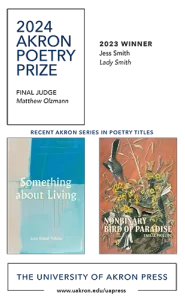Isobel & Emile
Isobel & Emile is the story of two young lovers who separate and then try to survive on their own. The novel opens on the morning after their final consummation. Emile boards a train bound for his home in the city. Isobel stays in the town where they conducted their brief affair. For each one, the pain of separation becomes an existential crisis.
Isobel & Emile is the story of two young lovers who separate and then try to survive on their own. The novel opens on the morning after their final consummation. Emile boards a train bound for his home in the city. Isobel stays in the town where they conducted their brief affair. For each one, the pain of separation becomes an existential crisis.
After the breakup in the prologue, Reed alternates chapters between Isobel and Emile’s point of view, a technique that befits their separation. The prose is a study in restraint, with a jarring minimalism style that reflects Isobel and Emile’s disorientation and confusion. A child would have no trouble with the vocabulary and sentence structure. And there are few concrete details about the characters or the settings. With the exception of references to trains and streetcars, the story could occur at any time or place in history.
As in the work of Hemingway, Carver and Barthelme, the style reflects the trauma that the characters suffer, the bleakness and repression of their lives. As in cinema or the theater, we perceive Isobel and Emile through their actions, watch them eat, drink, smoke, work, and battle insomnia. But we rarely hear their thoughts. Moreover, Reed tells the story through scenes in real time, rather than summary. The effect is a slowed-down reality that captures the tedium and excruciation of heartbreak. Within passages, the characters take one step forward and then two steps backward, a backstitch technique that mirrors their inability to transcend their pain. To be sure, dramatic moments are rare in Isobel and Emile. But as time passes, the coldness and lack of sentimentality ratchets up the pressure and brings the young lovers to the brink of despair.
At times, friends and strangers try – and fail – to connect with Emile and Isobel, but neither one takes the bait. Their reticence reflects the disengagement typical of people who suffer from trauma; the implication is that some pain is too deep for words. In a scene that epitomizes the novel’s pathos, Emile moves apples and oranges across a table until they fall to the ground:
He wants the sound of the fruit hitting the floor to be like the sound of the train. It is not the sound of a train. It is the sound of fruit hitting the floor. He sits at the table. He puts his hands on top of the table. He looks where the fruit was. It is what it is like to watch someone leave.
The physicality fits Emile’s character; elsewhere he processes his pain through puppetry and indie films of his puppet shows. For her part, Isobel busies herself in the manual labor of a shop girl. Her concession to feeling is to write letters to Emile that she never mails, pouring out the desires and fears and emotions she cannot or will not say aloud.
Isobel & Emile seems designed to flood the reader with a sense of frustration and helplessness. Still, the novel ends with a glint of hope. Heartbreak may be part of the human condition, but with time and determination, we can find a way to love again.





